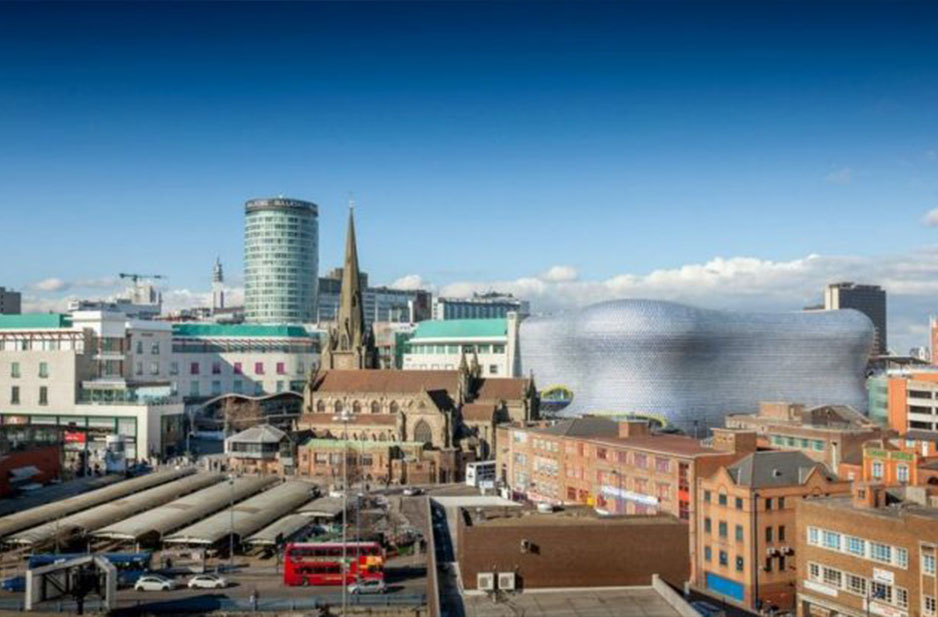£500million worth of classic cars, supercars and hypercars are set to feature at the fifth edition of historic British racing weekend experience the Chateau Impney Hill Climb, taking place on Saturday 13 and Sunday 14 July 2019.
The popular event will welcome an audience of up to 20,000 motorsport fanatics, families, VIP guests and international visitors for a programme of classic car racing, rallies, exhibitions, world record attempts, activities and events based around the 885m course.
Held at the iconic Louis XIII-style Grade II* listed venue and across its stunning parkland in the charming English Midlands town of Droitwich Spa, crowds at the 2019 Chateau Impney Hill Climb are set to be wowed by over 200 pre-1967 cars competing to make or break records in various races, classes, awards, and memorable moments like the prestigious Footman James Concourse D’elegance and the second stage of Ralli 22.
Joining 1960s Formula 1 motors, World Rally Championship models and some of the world’s rarest cars at the event - including a Lotus 19, Bugatti Type 35, Leyland-Thomas No.1, and Lola T70 MkII - will be a large number of historic Bentleys and Minis marking the motor brands’ centenary and 60th anniversary celebrations, respectively.
The off-track experience at the Chateau Impney Hill Climb this year will welcome back the Michelin Supercar Expo’s Ferrari, Aston Martin, Bugatti and McLaren static exhibitions, Q&A sessions and ‘In Conversations With’. Highlights for families include thrilling RAF flyovers; a unique opportunity to offroad in tanks on a custom built track, Land Rover driving experiences, the popular free Vintage Fun Fair, a British Army military grade climbing wall, a world record attempt at drifting into a parallel parking space, and remote-control boat racing on the River Salwarpe.
Visitors to the July event, recognised as the Midlands most stylish summer party, can enjoy an exceptional dining, shopping, hospitality and VIP experience with many independent food offers and brands - such as Ferrari, Morgan, Lamborghini and Aston Martin - across the picturesque site, which also features live race relay at a number of locations.
Speaking ahead of the event, Rod Spollen - managing director of Greyfort Group which owns and operates the event - said, “Chateau Impney Hill Climb - set up to realise the childhood dreams of three generations of motoring enthusiasts - prides itself on being the Midlands’ most stylish and relaxed summer garden party, and this year will be no exception. We’re absolutely delighted to be announcing details of our programme for 2019, including the 100th anniversary of Bentley Motors and the 60th anniversary of the iconic Mini amongst a whole raft of on and off-track events, activities and experiences. We look forward to welcoming friends old and new to this event, which promises to be one of the most memorable yet, raising valuable funds for our chosen charity Cauldwell Children at the same time.”
The Worcestershire-based and family-owned Morgan Motor Company, marking 110 years of their British hand-built car business this year, will also have a presence at the Chateau Impney Hill Climb 2019.
From 1957 to 1967, Chateau Impney played host to a series of speed trials, attracting some of the best-known hill-climb competitors and thousands of thrill-seeking spectators. The Chateau Impney Hill Climb has brought motorsport back to the Midlands as an annual event, celebrating the Chateau’s unique and exciting motoring heritage and transforming the country estate into one of the most picturesque motorsport venues in the country.
Highlights of the 2018 Chateau Impney Hill Climb weekend were seen by an estimated 170,000 viewers via the Escape to the Chateau hour long special broadcast by Channel 4, and repeated on Motors TV.









